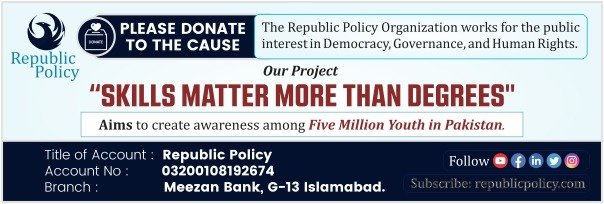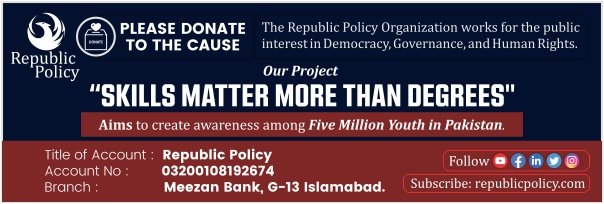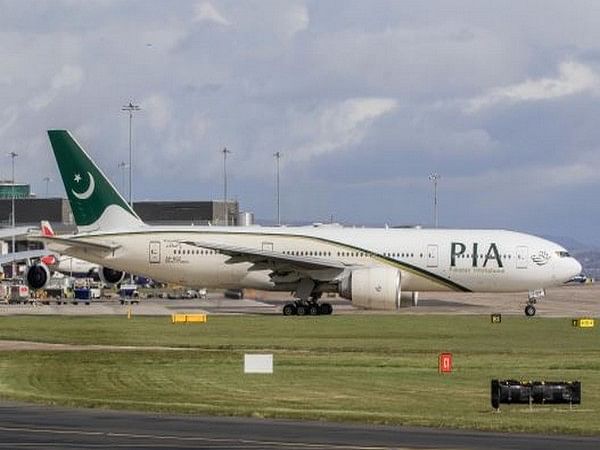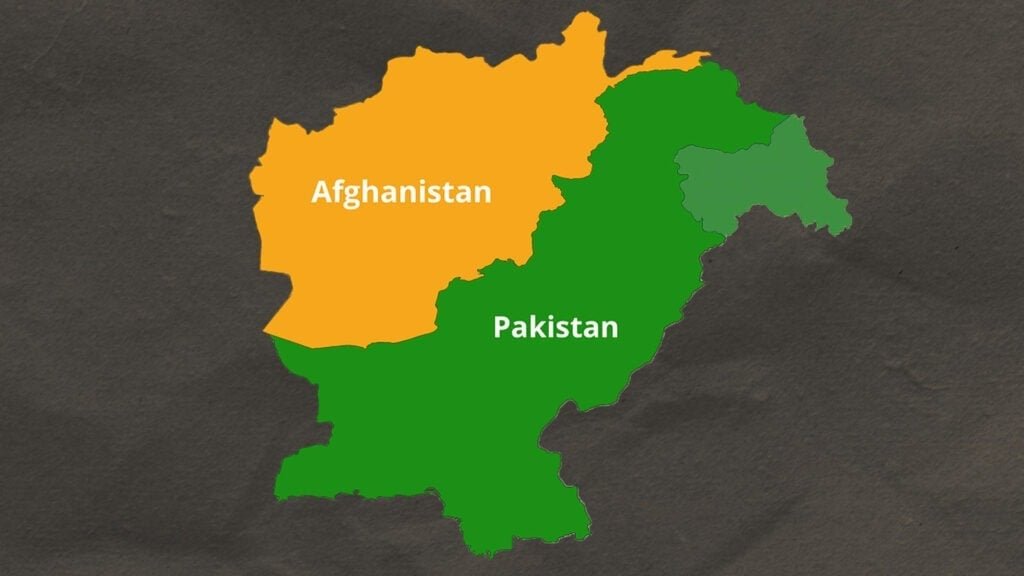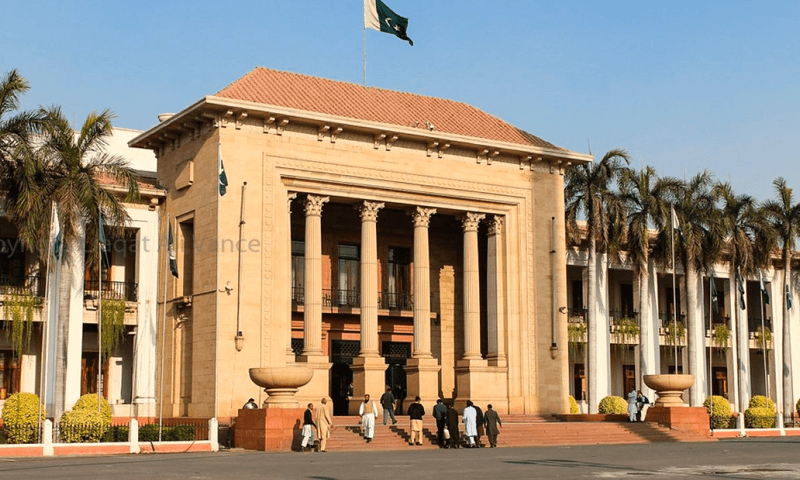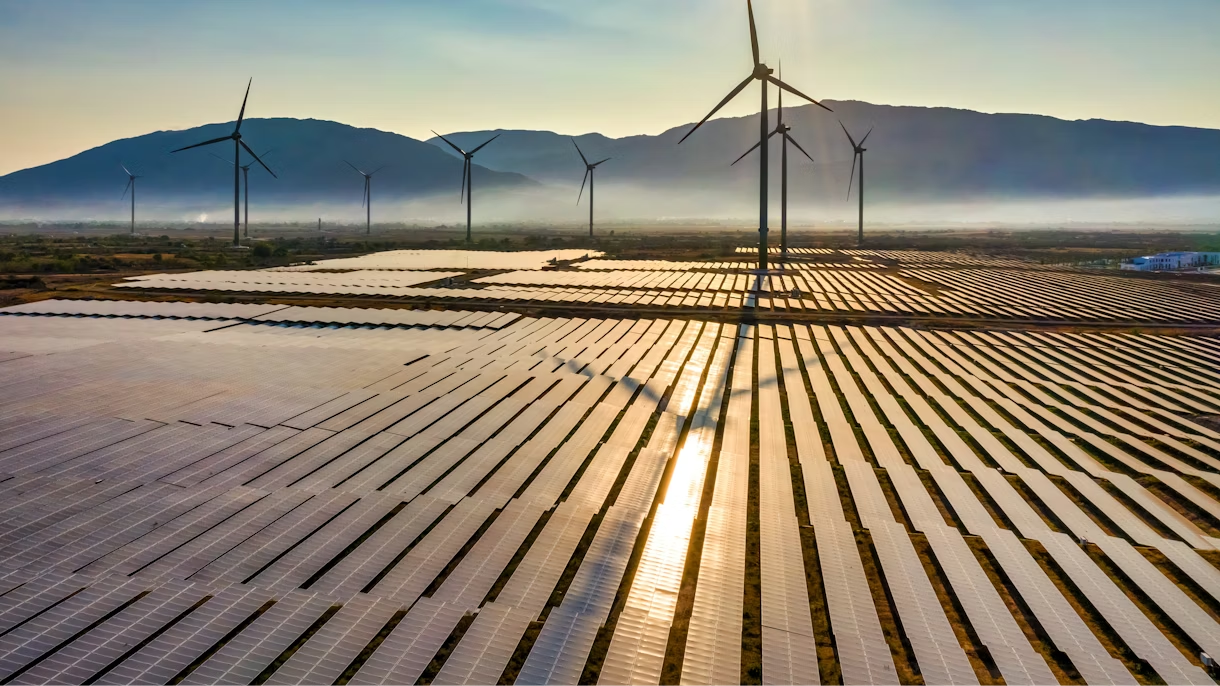Barrister Qazi Naveed Ahmad
Introduction
The history of Pakistan cannot be narrated without acknowledging the dominant role of military regimes in shaping its political economy. From General Ayub Khan to General Zia-ul-Haq and General Pervez Musharraf, each regime came with a narrative of economic salvation. The promise was usually the same: a “ten-year development plan” that would put Pakistan on the road to prosperity. Whether framed as modernization, Islamization, or enlightened moderation, military governments projected themselves as the guardians of economic progress. Yet, a closer look reveals that the cost of these experiments has been profound, leaving behind political instability, institutional erosion, and a fragmented society.
Follow Republic Policy Website
Ayub Khan: Modernization without Representation
General Ayub Khan’s decade (1958–1969) is often portrayed as a period of rapid industrial growth and infrastructural development. Large dams, industrial complexes, and expansion of manufacturing shaped the outward image of progress. Pakistan even witnessed what some economists called a “decade of development.” However, beneath the surface, the benefits were unevenly distributed. A small elite, primarily industrialists and large landholders, reaped the rewards, while rural populations and laboring classes remained excluded.
The suspension of democratic institutions under Ayub Khan created a vacuum of political participation. While economic indicators rose temporarily, the absence of legitimate representation bred frustration. By 1969, a wave of public protests, driven by economic inequality and political exclusion, forced Ayub Khan to step down. This turmoil set the stage for the eventual dismemberment of Pakistan in 1971. Thus, Ayub’s model of growth without democracy not only failed to sustain progress but also destabilized the federation itself.
Follow Republic Policy YouTube
Zia-ul-Haq: Ideology over Institutions
General Zia-ul-Haq’s rule (1977–1988) took Pakistan in a different but equally damaging direction. Unlike Ayub, who emphasized modernization, Zia leaned heavily on Islamization and ideological reengineering of society. His policies combined economic centralization with religious indoctrination, embedding extremism into the fabric of state and society. While foreign aid and remittances during the Afghan war temporarily boosted the economy, the long-term consequences were devastating.
Zia’s regime weakened democratic institutions and suppressed dissent, replacing the possibility of institutional stability with ideological polarization. The economy remained dependent on external rents rather than domestic productivity. More importantly, Zia’s policies planted the seeds of sectarianism and intolerance that continue to haunt Pakistan today. In the absence of institutional reforms, economic progress was cosmetic at best, while the social cost was immeasurable.
Follow Republic Policy Twitter
Pervez Musharraf: Moderation without Stability
General Pervez Musharraf’s period (1999–2008) came with the mantra of “enlightened moderation” and liberalized economic reforms. His government embarked on privatization, deregulation, and an expansion of the corporate sector. Initially, these measures brought growth: foreign investment increased, stock markets soared, and Pakistan’s middle class appeared to expand. International financial institutions praised Pakistan for its macroeconomic indicators.
However, the foundations of this growth were fragile. Political legitimacy was absent, local governance remained weak, and institutional continuity was lacking. Musharraf’s reliance on external allies and debt-driven development created vulnerabilities. By the time his rule ended, Pakistan’s economy was once again facing crises—rising inflation, widening deficits, and declining investor confidence. The collapse exposed the superficial nature of reforms undertaken without democratic accountability or institutional consolidation.
Follow Republic Policy Facebook
The Myth of the “Ten-Year Development Plan” Across all military regimes, the recurring justification has been the “ten-year plan” or “long-term vision.” While such plans sound appealing in theory, they have repeatedly ignored the core principle of sustainable development: the need for stable political and institutional frameworks. Development imposed from above, without public participation, has failed to produce lasting results.
Economic growth cannot be separated from democratic legitimacy. When citizens are denied representation, when media is controlled, and when accountability is absent, economic policies turn into tools of power rather than instruments of national welfare. This pattern explains why each military regime ended with economic and political breakdown rather than stability.
Follow Republic Policy TikTok
Lessons for the Present Today, as debates resurface about “technocratic governments” and “non-political solutions” for Pakistan’s economic crisis, it is imperative to revisit the lessons of the past. History has shown that bypassing democracy in pursuit of rapid economic gains is a dangerous illusion. Economic growth divorced from institutional and social reforms is unsustainable.
True stability requires an active parliament, an independent judiciary, a free press, and empowered provincial and local governments. Without these, no development plan—whether framed in the language of modernization, Islamization, or privatization—can succeed. A technocratic fix may offer short-term relief, but without legitimacy, it cannot build the trust necessary for sustained reform.
Follow Republic Policy WhatsApp Channel
Conclusion
The history of Pakistan’s military regimes underscores a critical truth: the economy is not an isolated phenomenon but a reflection of political, institutional, and social health. Ayub Khan’s modernization, Zia-ul-Haq’s Islamization, and Musharraf’s liberalization all shared a fatal flaw—an absence of democratic legitimacy and institutional depth. Each period ended not with prosperity but with crisis, leaving Pakistan weaker than before.
Sustainable economic development can only emerge when governance is accountable, institutions are autonomous, and citizens are empowered. The economy flourishes where justice, education, healthcare, and freedom of expression are guaranteed. Mega-projects and GDP figures mean little if they are not embedded within a stable and inclusive system.
Pakistan does not need another military-led “development plan.” What it needs is a long-term agenda of democratic, institutional, and social reform. Only then will the economy rest on foundations strong enough to withstand political shocks and global challenges. The past has already provided its lessons; the question is whether Pakistan’s leadership is ready to learn from them.


